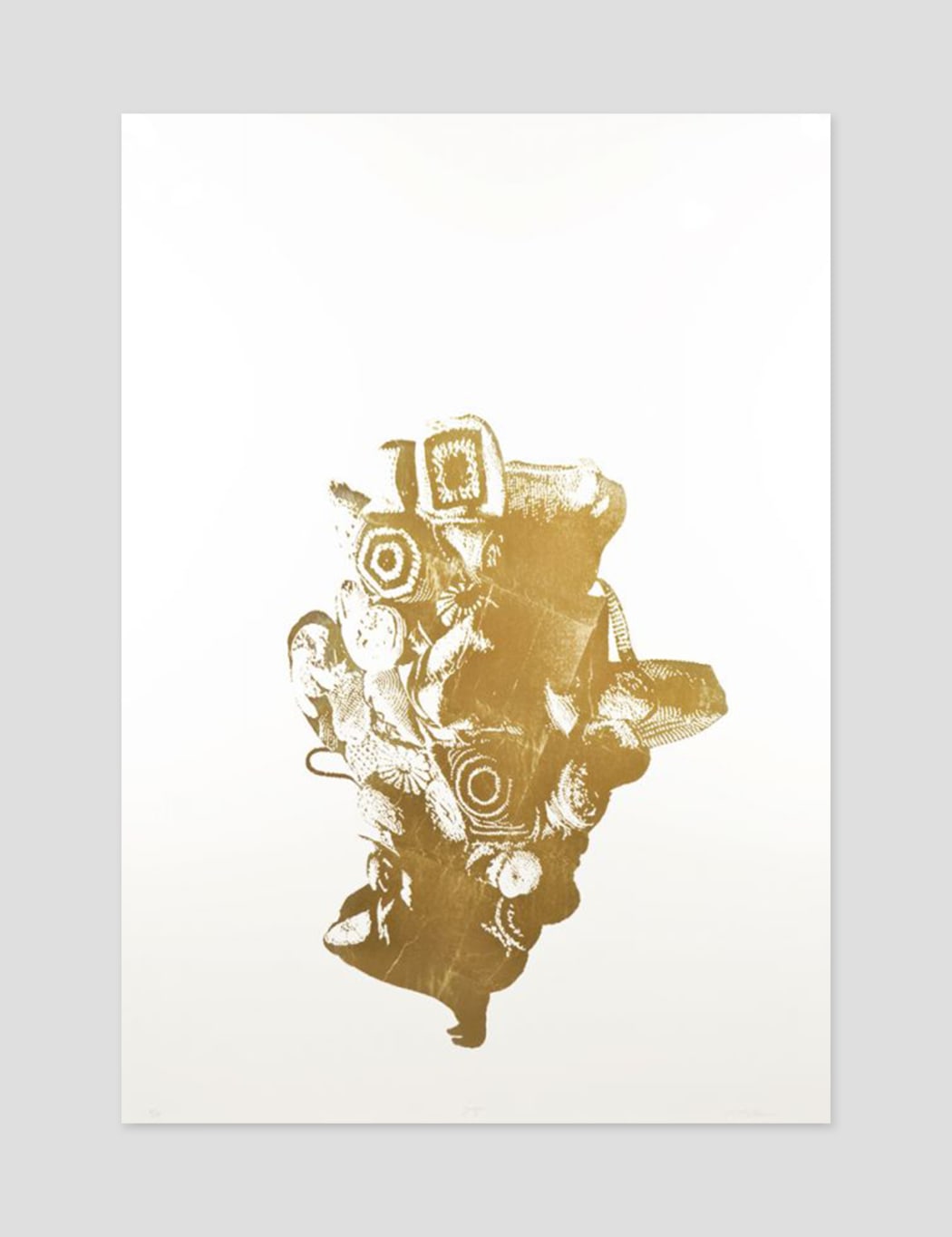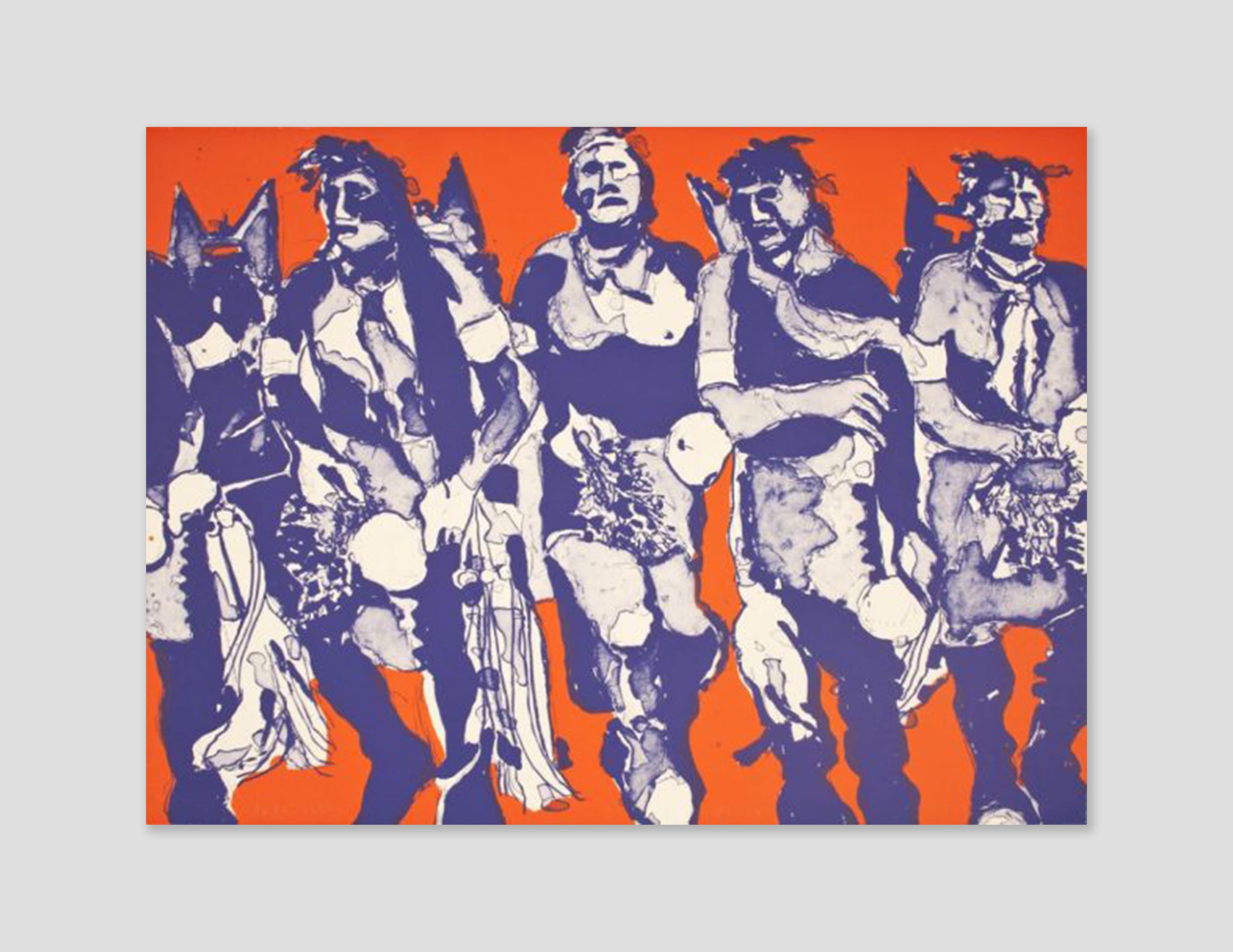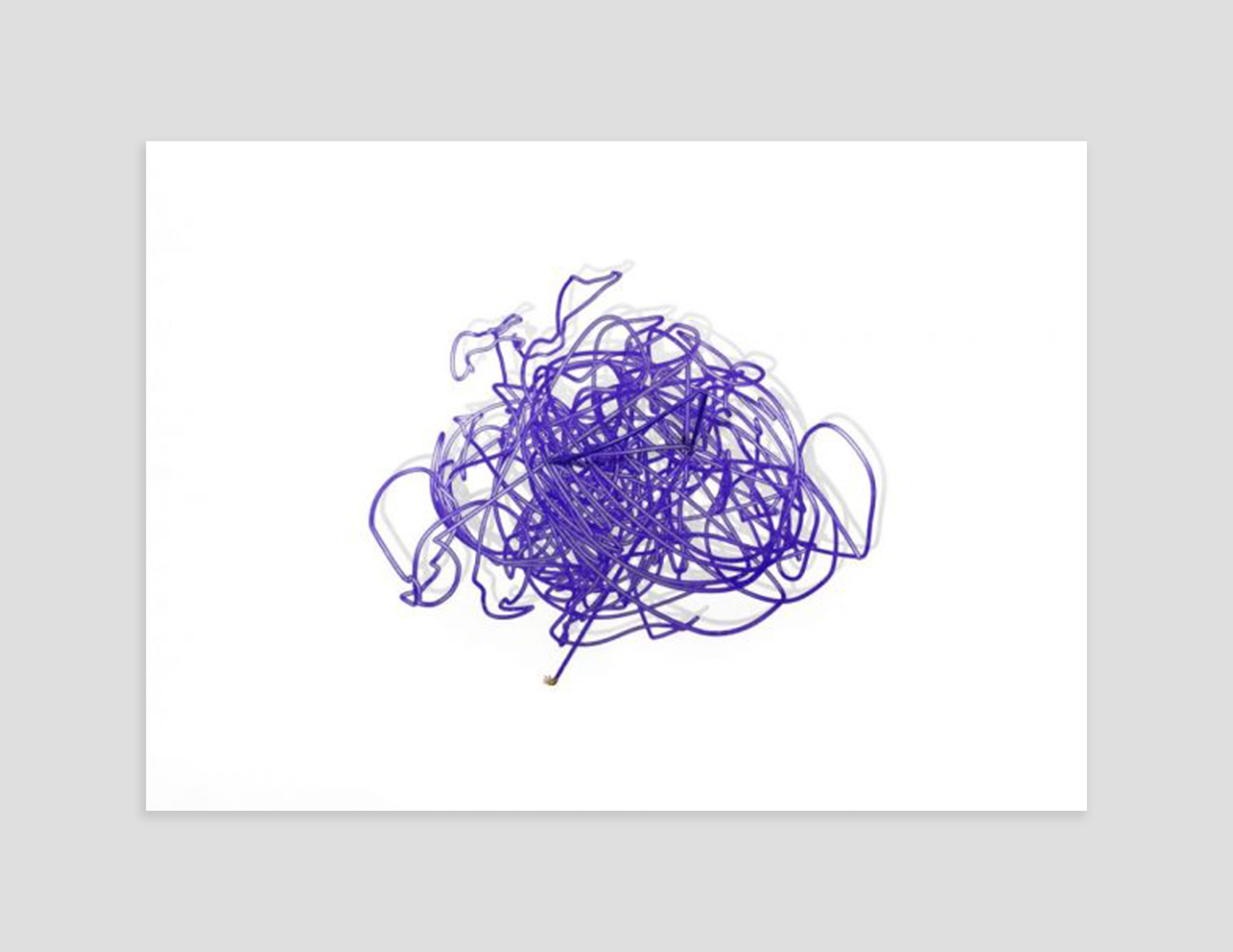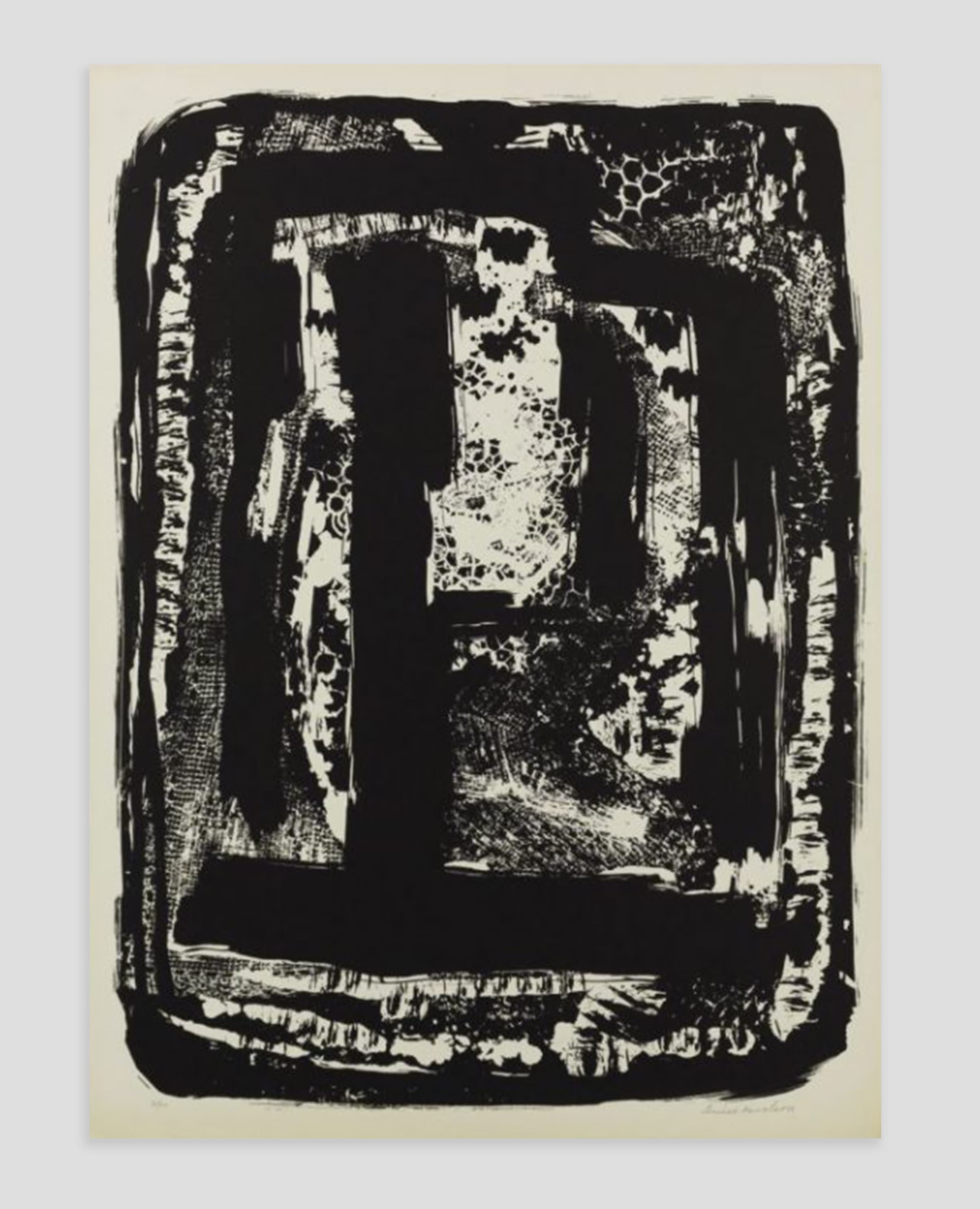
"From the beginning Tamarind recognized the importance of a diverse program, with the idea that a multitude of aesthetic approaches would bring about new technical solutions."
For 60 years, Tamarind has shaped the world of collaborative fine art printmaking, through a unique printer training program and an educational mission to preserve and advance the creative medium of lithography. In 1960, June Wayne changed the conversation surrounding lithography in the United States, creating Tamarind Workshop Inc. (TLW) in Los Angeles. Her vision aided in the preservation of the then-dying art form of lithography.
Tamarind set the trend and spiked a curiosity around fine art printmaking. Print workshops around the country began to pop up, producing experimental work by some of the world’s most beloved artists. The often tempestuous technique of lithography is not for everyone, the hours are long and the process itself requires intensive training and concentration.

Fritz Scholder, Hopi Dancers (State I), single-color lithograph on Buff Arches.
Wayne understood that in order to keep lithography alive she needed to train master printers. Wayne’s vision lives on in the nonprofit workshop Tamarind Institute, located in Albuquerque, New Mexico. Tamarind encompasses an extensive archive of historic material, a vast print inventory of 8000 lithographs produced by the workshop, and a team of highly trained printers, curators, and print experts. Tamarind Institute is a sacred place where the art of lithography lives on.
Tamarind Director Diana Gaston and Zane Bennett conducted a remote conversation about the workshop and how the institute is adapting to the shifting world around us. Tamarind Institute is the second featured business in our Partners in Art series, designed to support arts organizations in the midst of this crisis. As part of the program, Tamarind Institute is offering a remarkable selection of lithographs from their collection. All proceeds go to Tamarind Institute, so please consider acquiring a piece if you’re able.

Danielle Orchard, Smile More, two-color lithograph on soft white Somerset Velvet.
Diana, tell us a little bit about how your relationship with Tamarind began.
Back in the 80s and early 90s, I was the Curator of Prints & Photographs at the University of New Mexico Art Museum, where I worked very closely with the Tamarind Archive. The museum houses the complete archive of Tamarind's production, with two impressions of every print produced from 1960 to the present. I spent a lot of time in the archives, reading the most amazing ephemeral material from the workshop's first decade in Los Angeles. I feel like I've been observing Tamarind in one way or another for decades.
Tamarind is celebrating its 60th anniversary this year. How do you think Tamarind has evolved in the past 60 years? And how has Tamarind continued to stay true to June Wayne's vision through the decades while also staying current and cutting-edge?
June Wayne was a courageous and visionary leader. She anticipated all kinds of issues that continue to impact the field today—the originality of the print; the importance of sustaining the global print community to foster deep scholarship, and build meaningful partnerships with curators and collectors; the anxiety around acquiring and caring for works on paper; and supply shortages of manufactured materials and paper for the workshop, etc, etc.
I am continually inspired by Wayne, as well as Marjorie Devon, Tamarind's Director Emerita (who served from 1985-2015), and I take some comfort in knowing that the workshop has always had challenges to overcome. A print workshop is a very unique space, an intersection of craft and industry, collaboration and ideas. June Wayne latched on to the burgeoning creative industry taking shape in Los Angeles in the 60s, and made a point of bringing all those disciplines and talents together. I see great potential in our place in New Mexico at this critical moment.

Rashaad Newsome, Spin Dips (Davon Amazon), three-color lithograph with silver leaf, 3D-printed and collage elements, framed.
What does the process look like for choosing an artist to participate in a Tamarind residency? What is Tamarind looking for?
From the beginning Tamarind recognized the importance of a diverse program, with the idea that a multitude of aesthetic approaches would bring about new technical solutions. Tamarind is invested in sustaining the medium of lithography through a rigorous training program and ongoing research, yet we are also dedicated to advancing the medium, and that means constant experimentation.
We look to artists to bring new ideas and a collaborative spirit to the endeavor. Tamarind looks for a balance of ideas and aesthetics, racial and geographic diversity, experienced printmakers and artists who are completely new to printmaking, established and emerging artists. We sometimes do not recognize our own patterns until much later, when we see that we have worked with say, a series of figurative artists, or artists who have a bent toward pattern or abstraction.
Collaboration is such a critical aspect of Tamarind's mission. Why is collaboration so important within lithography?
Collaboration is key to so many disciplines. Tamarind certainly fosters this approach, and was influential in defining the critical role of the printer in collaborative printmaking. We work to create an environment where something happens in the artist's practice, and work is created that they could not have readily produced on their own. an artist can produce something they could not produce on their own.

Ken Price, Untitled, 35-color lithograph on Arjomari Arches.
How would you describe the often sacred relationship between printer and artist?
It really is a relationship, no question. It follows that many artists want to work with only one printer over a long period of time. There has to be trust and mutual respect to really engage each other around the process of making new work. The best collaborations are those where the artist and printer challenge each other. The printer is focusing intently on capturing the ideas and material essence of the artist's work; and the artist is working in a very public space in a new medium, possibly with new tools. It's an intense exchange. A shared sense of humor helps too.
The print workshop can often feel like an intimidating place. How do artists-in-residence adapt so quickly to the pace during their two week period at Tamarind?
That's a great question. The workshop can be a very social, energized place, but it can also be a very serious space, much like a laboratory. The atmosphere of the workshop reflects what is going on with a project--the tension is palpable when a project is not going well or the printers are exhausted. But there is also a sense of potential and excitement that each new collaboration brings.
We are actually trying to extend the traditional two-week residency at Tamarind, to simply allow more time, more thoughtful decisions. Some projects come together more quickly than others, and we like to offer the flexibility of a longer collaboration whenever possible.

Tara Donovan, Untitled, single-color lithograph on White Somerset Satin.
Tamarind prints have a longstanding reputation of being impeccably printed. Could you give us a little window into the level of focus and perfectionism that it takes to maintain such a reputation?
Tamarind printers are extremely well trained. They are resourceful. The best ones develop an eye for precision and a sensibility for the chemistry that takes the medium to an exquisite level. I think they hold each other to a certain standard of excellence that is reflected in the quality and enduring warmth of the prints.
How has Tamarind been reacting to the current climate of the world? It feels like history is being made between a global pandemic and the BLM movement.
The ground is shifting beneath our feet. As an institution we are adapting to an extraordinary shift in American culture, brought about by the global pandemic and the dramatic support for social justice and the courageous Black Lives Matter movement.
I think all cultural institutions are rethinking how we will work together and experience art. We are putting new measures of physical distancing in place that will have an impact on how we view prints, how we engage with visiting artists and scholars, and what kind of programming we create.
While Tamarind has a long history of working with artists of color, this diversity is not equally matched in our staff or training program. Like so many arts organizations across the country, we are evaluating how Tamarind can redirect, to recognize and work against the systemic racism that has shaped the broad cultural landscape. This is a wrenching, defining time in history, and the workshop is dedicated to a program of inclusivity and partnership.

Louise Nevelson, Untitled, single-color lithograph on White Rives BFK.
Where do you see Tamarind in the next ten years?
Hard to say. I think we will see more partnerships with cultural institutions and interdisciplinary collaborations, the development of more and more elaborate virtual programming. Perhaps the economic and social upheaval we are experiencing will shift our expectations and our relationship to art. I have a sense that we are moving away from the spectacle of the past twenty years, and toward a more serious, more introspective time.